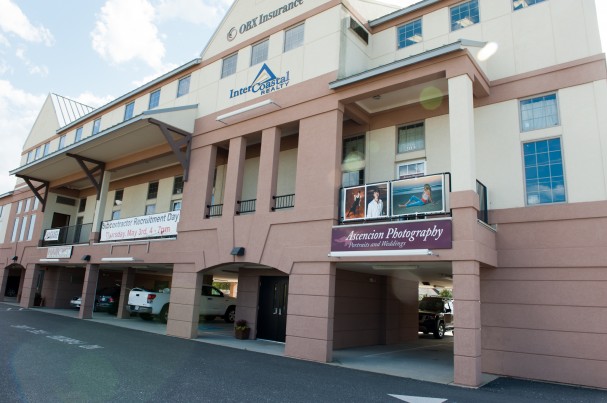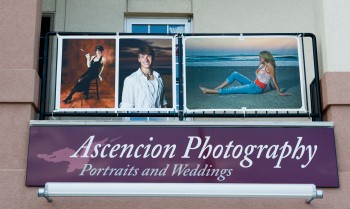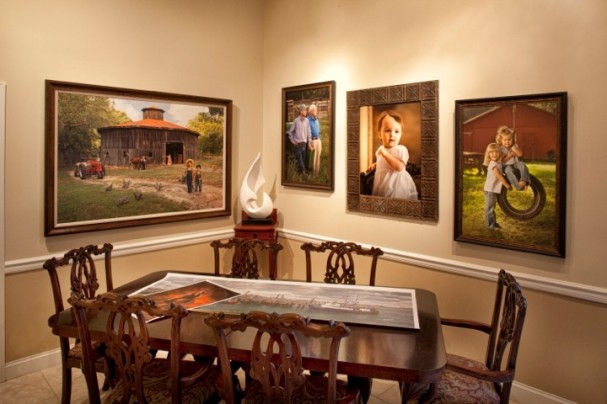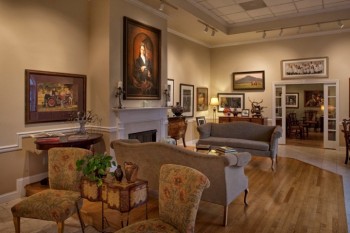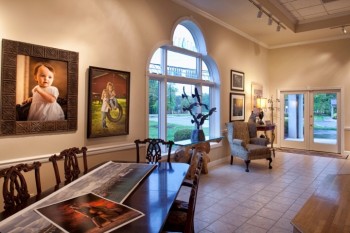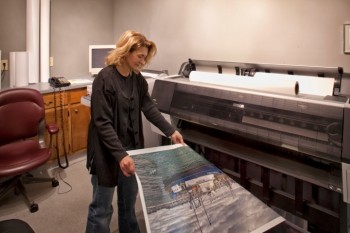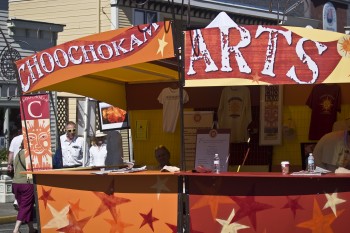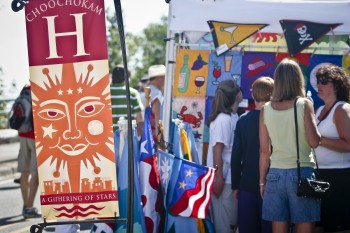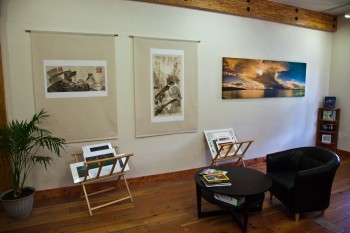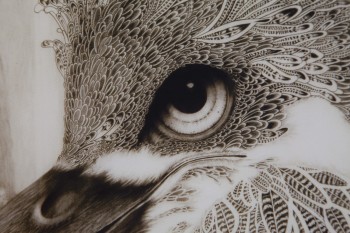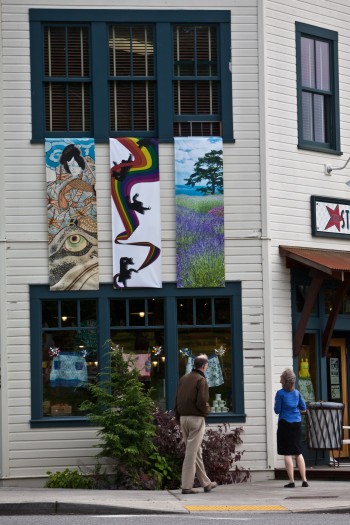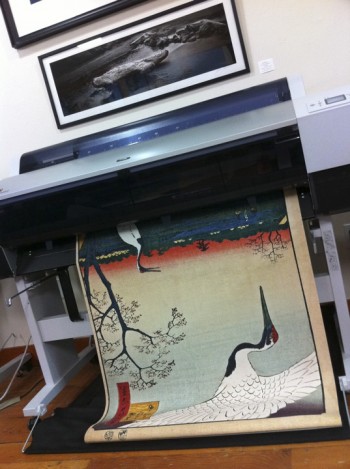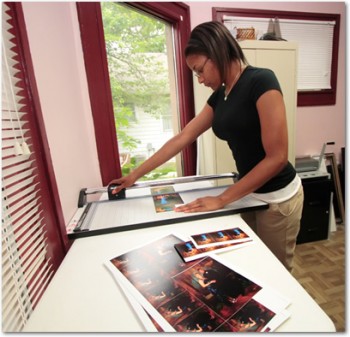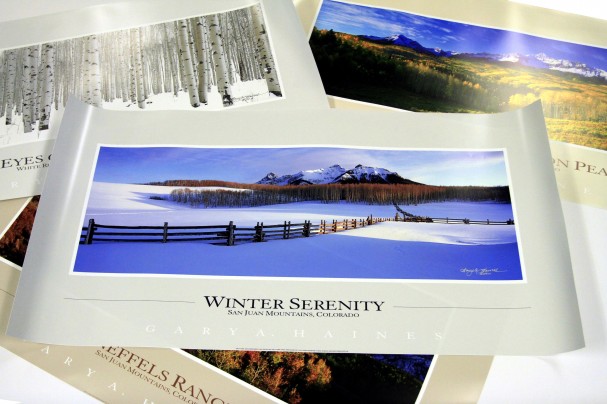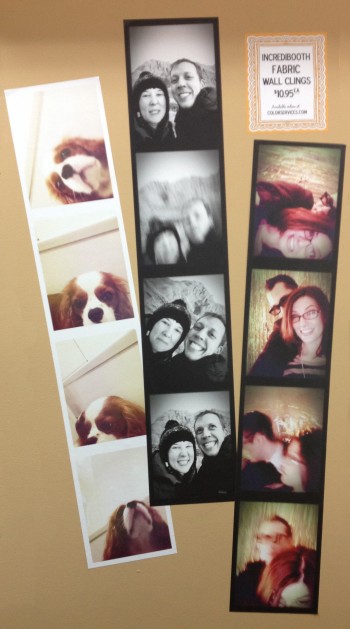 Free isn’t always truly free, but the free giveaway concocted by Color Services Photo Lab in Santa Barbara really was free and drove additional business to its doors. Marketed through email, the company’s blog and social media like Facebook and Twitter, with a twist of Hipstamatic, the photo lab’s promotion for free Fabric Wall Clings was over Memorial Day weekend only.
Free isn’t always truly free, but the free giveaway concocted by Color Services Photo Lab in Santa Barbara really was free and drove additional business to its doors. Marketed through email, the company’s blog and social media like Facebook and Twitter, with a twist of Hipstamatic, the photo lab’s promotion for free Fabric Wall Clings was over Memorial Day weekend only.
Fabric Wall Clings are prints on Photo Tex Repositionable Fabric from LexJet. Those who took advantage of the promotion were directed to the Wall Art section on Color Services’ website where they plugged in a coupon code and uploaded a photo to receive either an 11×11 or an 11×14 print.
Here’s where the iPhone app Hipstamatic comes into play; Color Services included 11×11 prints since that size works with the Hipstamatic format. Plus, Color Services is the official print lab for the Hipstamatic app, so the lab has custom-tailored products that work well with square images.
“Since the promotion we’ve had a number of orders for the Fabric Wall Clings and we just got a sizeable order for one today, including a 12″ x 4′ panoramic photo. We had 118 people take advantage of the promotion and about 45 to 50 of those were shipped internationally,” says Glen Hodges, owner of Color Services. “It was well worth it; we probably spent less than $500 to do it. It’s hard to figure out a way to market the material so that people can really understand what it can do. Getting samples in their hands through a free promotion did that, and brought them back to place a real order.”
Color Services prints the images with its Epson Stylus Pro 9900 on Photo Tex and then puts two coats of water-based lacquer to provide extra protection and give the images more pop. Hodges reports that through a combination of the promotion and simply showing it to clients – including commercial and interior décor clientele – the product is taking off following its launch in mid-May.
Pictured here is Color Services’ IncrediBooth Fabric Wall Cling product, which is printed at 5.5″ x 30″. IncrediBooth is a mobile app that recreates the photo booths of yore. Color Services has made a savvy play to weave the proliferating photo apps into its business, giving the company greater reach with creative products.

